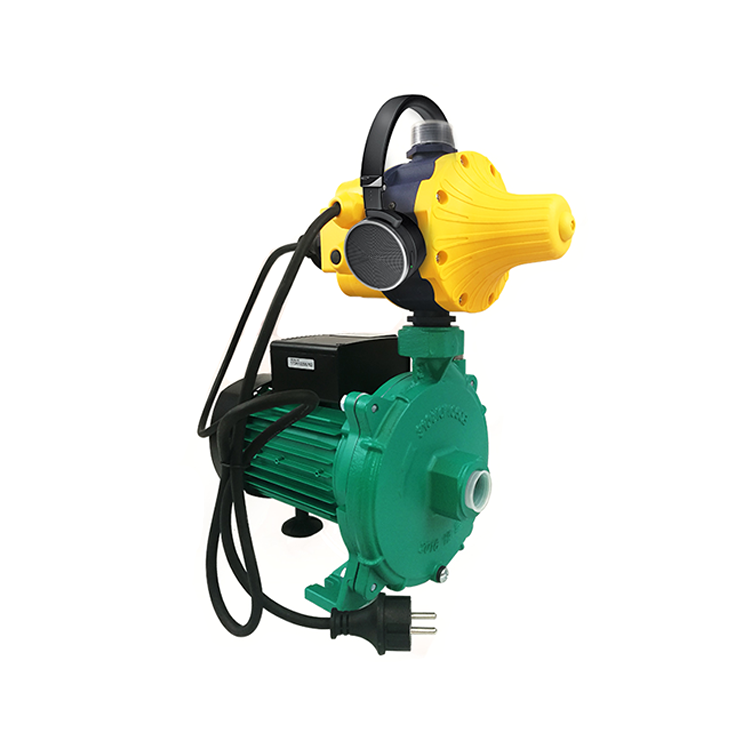Views: 0 Author: Site Editor Publish Time: 2024-01-29 Origin: Site

Installing a booster pump involves several steps, and the exact process can vary depending on the specific model and type of booster pump you have. However, I can provide you with a general guide on how to install a typical booster pump. Always refer to the manufacturer's installation instructions that come with your specific pump for the most accurate guidance. Here are the general steps:
Materials and Tools You May Need:
Booster pump
Pressure tank (if included in your system)
Inlet and outlet pipes
Pipe fittings and connectors
Teflon tape or pipe thread sealant
Wrenches and pliers
Pipe cutter or hacksaw
Electrical wiring and tools
Screwdrivers
Pressure gauge
Thread sealant
Installation Steps:
Read the Manual:Always start by reading and understanding the manufacturer's installation manual. This document will provide specific instructions for your particular booster pump model.
Choose Installation Location:Select a suitable location for the booster pump. It should be close to the water source, in a well-ventilated area, and protected from extreme temperatures, moisture, and direct sunlight.
Prepare Pipes:Cut and prepare the inlet and outlet pipes according to the manufacturer's specifications. Clean the pipe ends and remove any burrs.
Install Check Valves:Install check valves on the inlet and outlet pipes to prevent water from flowing back into the system when the pump is turned off.
Connect Pipes to Pump:Connect the inlet and outlet pipes to the booster pump using appropriate fittings. Use Teflon tape or pipe thread sealant on threaded connections to prevent leaks.
Install Pressure Tank (if applicable):If your booster pump system includes a pressure tank, install it according to the manufacturer's instructions. Adjust the pressure settings based on your requirements.
Electrical Connections:Connect the electrical wiring to the pump motor as per the instructions in the manual. Ensure that you follow safety guidelines and use the correct voltage and current ratings.
Priming (if required):Some pumps may require priming before operation. Follow the manufacturer's instructions to prime the pump properly.
Testing:Turn on the power and test the pump. Check for leaks, unusual noises, or any issues. Monitor the pressure levels to ensure they are within the recommended range.
Adjust Settings:If your booster pump has adjustable settings, such as pressure settings, adjust them according to your needs.
Regular Maintenance:Establish a routine maintenance schedule as recommended by the manufacturer. This may include checking for leaks, inspecting electrical connections, and cleaning or replacing filters.
Always prioritize safety during the installation process, and if you are unsure about any step, consult with a professional or contact the manufacturer for assistance.